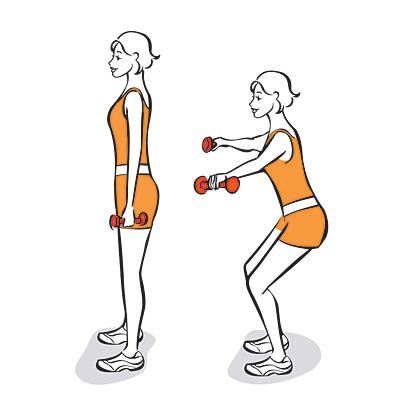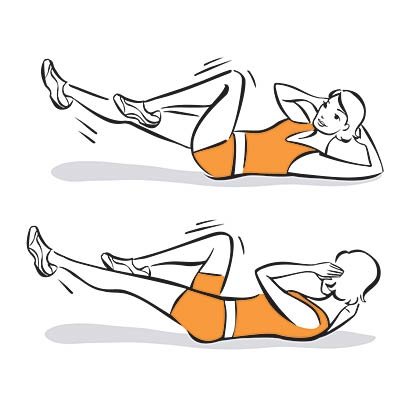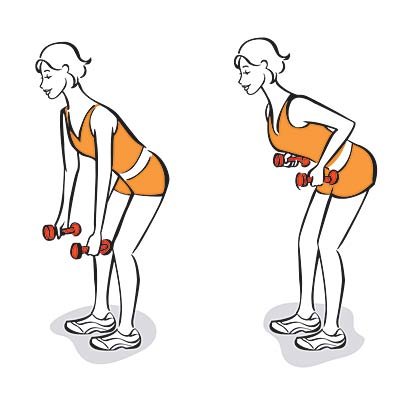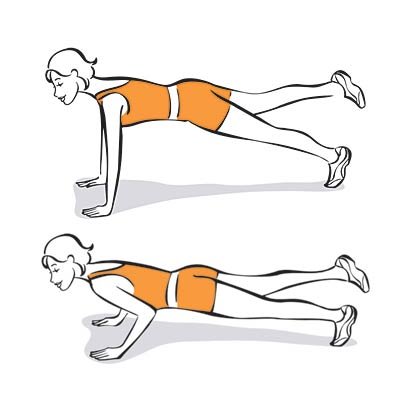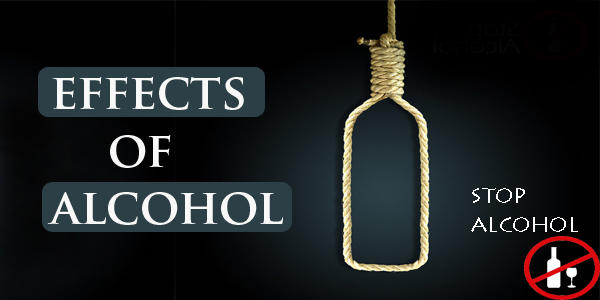Health & Fitness
Healthy eating is not about strict dietary limitations, staying unrealistically thin, or depriving yourself of the foods you love. Rather, it’s about feeling great, having more energy, improving your outlook, and stabilizing your mood. If you feel overwhelmed by all the conflicting nutrition and diet advice out there, you’re not alone. It seems that for every expert who tells you a certain food is good for you, you’ll find another saying exactly the opposite. But by using these simple tips, you can cut through the confusion and learn how to create a tasty, varied, and healthy diet that is as good for your mind as it is for your body.
“Instead of emphasizing one nutrient, we need to move to food-based recommendations. What we eat should be whole, minimally processed, nutritious food—food that is in many cases as close to its natural form as possible.”
–Dariush Mozaffarian, Dean of the Friedman School of Nutrition, Tufts University
How does healthy eating affect mental and emotional health?
We all know that eating right can help you maintain a healthy weight and avoid certain health problems, but your diet can also have a profound effect on your mood and sense of wellbeing. Studies have linked eating a typical Western diet—filled with processed meats, packaged meals, takeout food, and sugary snacks—with higher rates of depression, stress, bipolar disorder, and anxiety. Eating an unhealthy diet may even play a role in the development of mental health disorders such as ADHD, Alzheimer’s disease, and schizophrenia, or in the increased risk of suicide in young people.
Eating more fresh fruits and vegetables, cooking meals at home, and reducing your intake of sugar and refined carbohydrates, on the other hand, may help to improve mood and lower your risk for mental health problems. If you have already been diagnosed with a mental health problem, eating well can even help to manage your symptoms and regain control of your life.
While some specific foods or nutrients have been shown to have a beneficial effect on mood, it’s your overall dietary pattern that is most important. That means switching to a healthy diet doesn’t have to be an all or nothing proposition. You don’t have to be perfect and you don’t have to completely eliminate foods you enjoy to have a healthy diet and make a difference to the way you think and feel.
Healthy eating tip 1: Set yourself up for success
To set yourself up for success, think about planning a healthy diet as a number of small, manageable steps—like adding a salad to your diet once a day—rather than one big drastic change. As your small changes become habit, you can continue to add more healthy choices.
– Prepare more of your own meals. Cooking more meals at home can help you take charge of what you’re eating and better monitor exactly what goes into your food.
– Make the right changes. When cutting back on unhealthy foods in your diet, it’s important to replace them with healthy alternatives. Replacing dangerous trans fats with healthy fats (such as switching fried chicken for grilled fish) will make a positive difference to your health. Switching animal fats for refined carbohydrates, though (such as switching your breakfast bacon for a donut), won’t lower your risk for heart disease or improve your mood.
– Simplify. Instead of being overly concerned with counting calories, think of your diet in terms of color, variety, and freshness. Focus on avoiding packaged and processed foods and opting for more fresh ingredients.
– Read the labels. It’s important to be aware of what’s in your food as manufacturers often hide large amounts of sugar or unhealthy fats in packaged food, even food claiming to be healthy.
– Focus on how you feel after eating. This will help foster healthy new habits and tastes. The more healthy food you eat, the better you’ll feel after a meal. The more junk food you eat, the more likely you are to feel uncomfortable, nauseous, or drained of energy.
– Drink plenty of water. Water helps flush our systems of waste products and toxins, yet many people go through life dehydrated—causing tiredness, low energy, and headaches. It’s common to mistake thirst for hunger, so staying well hydrated will also help you make healthier food choices.
Healthy eating tip 2: Moderation is key
Key to any healthy diet is moderation. But what is moderation? In essence, it means eating only as much food as your body needs. You should feel satisfied at the end of a meal, but not stuffed. Moderation is also about balance. Despite what fad diets would have you believe, we all need a balance of protein, fat, fiber, carbohydrates, vitamins, and minerals to sustain a healthy body.
For many of us, moderation also means eating less than we do now. But it doesn’t mean eliminating the foods you love. Eating bacon for breakfast once a week, for example, could be considered moderation if you follow it with a healthy lunch and dinner—but not if you follow it with a box of donuts and a sausage pizza. If you eat 100 calories of chocolate one afternoon, balance it out by deducting 100 calories from your evening meal. If you’re still hungry, fill up with extra vegetables.
– Try not to think of certain foods as “off-limits.” When you ban certain foods or food groups, it is natural to want those foods more, and then feel like a failure if you give in to temptation. Start by reducing portion sizes of unhealthy foods and not eating them as often. As you reduce your intake of unhealthy foods, you may find yourself craving them less or thinking of them as only occasional indulgences.
– Think smaller portions. Serving sizes have ballooned recently. When dining out, choose a starter instead of an entree, split a dish with a friend, and don’t order supersized anything. At home, visual cues can help with portion sizes–your serving of meat, fish, or chicken should be the size of a deck of cards and half a cup of mashed potato, rice, or pasta is about the size of a traditional light bulb. If you don’t feel satisfied at the end of a meal, add more leafy green vegetables or round off the meal with fruit.
– Take your time. Stop eating before you feel full. It actually takes a few minutes for your brain to tell your body that it has had enough food, so eat slowly.
– Eat with others whenever possible. As well as the emotional benefits, this allows you to model healthy eating habits for your kids. Eating in front of the TV or computer often leads to mindless overeating.
Healthy eating tip 3: Reduce sugar
Aside from portion size, perhaps the single biggest problem with the modern Western diet is the amount of added sugar in our food. As well as creating weight problems, too much sugar causes energy spikes and has been linked to diabetes, depression, and even an increase in suicidal behaviors in young people. Reducing the amount of candy and desserts you eat is only part of the solution as sugar is also hidden in foods such as bread, cereals, canned soups and vegetables, pasta sauce, margarine, instant mashed potatoes, frozen dinners, low-fat meals, fast food, and ketchup. Your body gets all it needs from sugar naturally occurring in food so all this added sugar just means a lot of empty calories.
Tips for cutting down on sugar
– Slowly reduce the sugar in your diet a little at a time to give your taste buds time to adjust and wean yourself off the craving.
– Avoid sugary drinks. Try drinking sparkling water with a splash of fruit juice instead.
– Don’t replace saturated fat with sugar. Many of us make the mistake of replacing healthy sources of saturated fat, such as whole milk dairy, with refined carbs or sugary foods, thinking we’re making a healthier choice. Low-fat doesn’t necessarily mean healthy, especially when the fat has been replaced by added sugar to make up for loss of taste.
– Avoid processed or packaged foods like canned soups, frozen dinners, or low-fat meals that often contain hidden sugar that quickly surpasses the recommended limit.
– Be careful when eating out. Most gravy, dressings and sauces are also packed with salt and sugar, so ask for it to be served on the side.
– Eat healthier snacks. Cut down on sweet snacks such as candy, chocolate, and cakes. Instead, eat naturally sweet food such as fruit, peppers, or natural peanut butter to satisfy your sweet tooth.
– Check labels and choose low-sugar products.
Healthy eating tip 4: Eat plenty of colorful fruits and vegetables
Fruits and vegetables are low in calories and nutrient dense, which means they are packed with vitamins, minerals, antioxidants, and fiber. Focus on eating the recommended daily minimum of five servings of fruit and vegetables and it will naturally fill you up and help you cut back on unhealthy foods. A serving is half a cup of raw fruit or veg or a small apple or banana, for example. Most of us need to double the amount we currently eat.
Try to eat a rainbow of fruits and vegetables every day as deeply colored fruits and vegetables contain higher concentrations of vitamins, minerals, and antioxidants. Add berries to breakfast cereals, eat fruit for dessert, and snack on vegetables such as carrots, snow peas, or cherry tomatoes instead of processed snack foods.
– Greens. Branch out beyond lettuce. Kale, mustard greens, broccoli, and Chinese cabbage are all packed with calcium, magnesium, iron, potassium, zinc, and vitamins A, C, E, and K.
– Sweet vegetables. Naturally sweet vegetables—such as corn, carrots, beets, sweet potatoes, yams, onions, and squash—add healthy sweetness to your meals and reduce your cravings for added sugars.
– Fruit. Fruit is a tasty, satisfying way to fill up on fiber, vitamins, and antioxidants. Berries are cancer-fighting, apples provide fiber, oranges and mangos offer vitamin C, and so on.
Healthy eating tip 5: Bulk up on fiber
Eating foods high in dietary fiber can help you stay regular, lower your risk for heart disease, stroke, and diabetes, and help you lose weight. Depending on your age and gender, nutrition experts recommend you eat at least 21 to 38 grams of fiber per day for optimal health. Many of us aren’t eating half that amount.
– In general, the more natural and unprocessed the food, the higher it is in fiber.
– Good sources of fiber include whole grains, wheat cereals, barley, oatmeal, beans, nuts, vegetables such as carrots, celery, and tomatoes, and fruits such as apples, berries, citrus fruits, and pears.
– There is no fiber in meat, dairy, or sugar. Refined or “white” foods, such as white bread, white rice, and pastries, have had all or most of their fiber removed.
– An easy way to add more fiber to your diet is to start your day with a whole grain cereal or add unprocessed wheat bran to your favorite cereal.
Healthy eating tip 6: Eat healthy carbs and whole grains
Choose healthy carbohydrates and fiber sources, especially whole grains, for long-lasting energy. Whole grains are rich in phytochemicals and antioxidants, which help to protect against coronary heart disease, certain cancers, and diabetes.
What are healthy carbs and unhealthy carbs?
– Healthy carbs (or good carbs) include whole grains, beans, fruits, and vegetables. Healthy carbs are digested slowly, helping you feel full longer and keeping blood sugar and insulin levels stable.
– Unhealthy carbs (or bad carbs) are foods such as white flour, refined sugar, and white rice that have been stripped of all bran, fiber, and nutrients. They digest quickly and cause spikes in blood sugar levels and energy.
Tips for eating more healthy carbs
– Include a variety of whole grains in your healthy diet, including whole wheat, brown rice, millet, quinoa, and barley.
– Make sure you’re really getting whole grains. Check for the Whole Grain Stamps that distinguish between partial whole grain and 100% whole grain.
– Try mixing grains as a first step to switching to whole grains. If whole grains like brown rice and whole wheat pasta don’t sound good at first, start by mixing what you normally use with the whole grains. You can gradually increase the whole grain to 100%.
Avoid: Refined foods such as breads, pastas, and breakfast cereals that are not whole grain.
Healthy eating tip 7: Add calcium for bone health
Your body uses calcium to build healthy bones and teeth, keep them strong as you age, send messages through the nervous system, and regulate the heart’s rhythm. If you don’t get enough calcium in your diet, your body will take calcium from your bones to ensure normal cell function, which can lead to osteoporosis.
Recommended calcium levels are 1000 mg per day, 1200 mg if you are over 50 years old. Try to get as much from food as possible and use only low-dose calcium supplements to make up any shortfall. Limit foods that deplete your body’s calcium stores (caffeine, alcohol, sugary drinks), do weight-bearing exercise, and get a daily dose of magnesium and vitamins D and K—nutrients that help calcium do its job.
Good sources of calcium include:
– Dairy: Dairy products are rich in calcium in a form that is easily digested and absorbed by the body. Sources include milk, unsweetened yogurt, and cheese.
– Vegetables and greens: Many vegetables, especially leafy green ones, are rich sources of calcium. Try collard greens, kale, romaine lettuce, celery, broccoli, fennel, cabbage, summer squash, green beans, Brussels sprouts, asparagus, and crimini mushrooms.
– Beans: such as black beans, pinto beans, kidney beans, white beans, black-eyed peas, or baked beans.
Healthy eating tip 8: Put protein in perspective
Protein gives us the energy to get up and go—and keep going. While too much protein can be harmful to people with kidney disease, the latest research suggests that most of us need more high-quality protein, especially as we age.
How much protein do you need?
Protein needs are based on weight rather than calorie intake. Adults should eat at least 0.8g of high-quality protein per kilogram (2.2lb) of body weight per day.
– Older adults should aim for 1 to 1.5 grams of lean protein for each kilogram of weight. This translates to 68 to 102g of protein per day for a person weighing 150 lbs.
– Divide your protein intake equally among meals.
– Nursing women need about 20 grams more high-quality protein a day than they did before pregnancy to support milk production.
How to add high-quality protein to your diet
– Eat plenty of fish, chicken, or plant-based protein such as beans, nuts, and soy.
– Replace processed carbohydrates from pastries, cakes, pizza, cookies and chips with fish, beans, nuts, seeds, peas, tofu, chicken, dairy, and soy products.
– Snack on nuts and seeds instead of chips, replace baked dessert with Greek yogurt, or swap out slices of pizza for a grilled chicken breast and a side of beans.
Healthy eating tip 9: Enjoy healthy fats
Despite what you may have been told, not all fats are unhealthy. While “bad” fats can increase your risk of certain diseases, “good” fats are essential to physical and emotional health. Foods rich in certain omega-3 fats, for example, can reduce your risk of cardiovascular disease, improve your mood, and help prevent dementia.
Good fats
Monounsaturated fats from avocados, nuts (like almonds, hazelnuts, and pecans), and seeds (such as pumpkin and sesame).
Polyunsaturated fats, including Omega-3s, found in fatty fish such as salmon, herring, mackerel, anchovies, sardines, and some cold water fish oil supplements. Good vegetarian sources of polyunsaturated fats include flaxseed and walnuts.
Bad fats
Trans fats, found in processed foods, vegetable shortenings, margarines, crackers, candies, cookies, snack foods, fried foods, baked goods, or anything with “partially hydrogenated” oil in the ingredients, even if it claims to be trans-fat free.
The debate about saturated fats
Saturated fats are mainly found in tropical oils, dairy, and animal products such as red meat, while poultry and fish also contain some saturated fat. The latest news in the nutritional world studies—with old and new studies to back them up—suggest that not all saturated fat is a dietary demon, either. While many prominent health organizations maintain that eating saturated fat from any source increases the risk of heart disease and stroke, other nutrition experts take a different view. The new argument is that saturated fat contributes to weight control and overall health.
Of course, not all saturated fat is the same. The saturated fat in whole milk, coconut oil, or salmon is different to the unhealthy saturated fat found in pizza, French fries, and processed meat products (such as ham, sausage, hot dogs, salami, and other cold cuts) which have been linked to coronary disease and cancer.
Healthy eating tip 10: Watch your salt intake
Sodium is another ingredient that is frequently added to food to improve taste, even though your body needs less than one gram of sodium a day (about half a teaspoon of table salt). Eating too much salt can cause high blood pressure and lead to an increased risk of stroke, heart disease, kidney disease, memory loss, and erectile dysfunction. It may also worsen symptoms of bipolar disorder.
– Use herbs and spices such as garlic, curry powder, cayenne or black pepper to improve the flavor of meals instead of salt.
– Be careful when eating out. Most restaurant and fast food meals are loaded with sodium. Some offer lower-sodium choices or you can ask for your meal to be made without salt.
– Buy unsalted nuts and add a little of your own salt until your taste buds are accustomed to eating them salt-free.



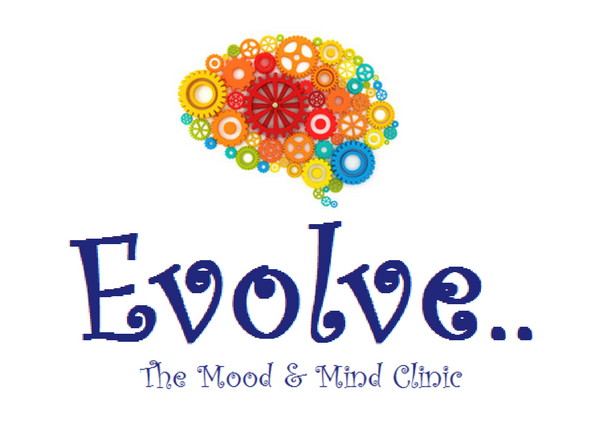





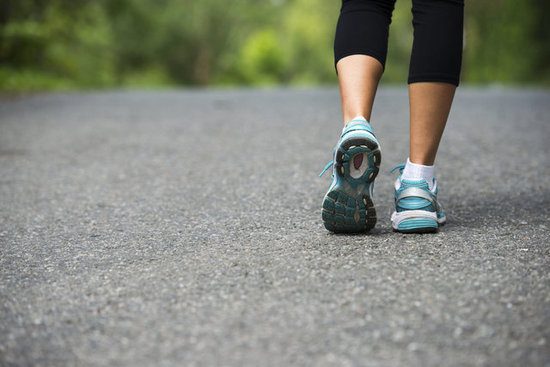

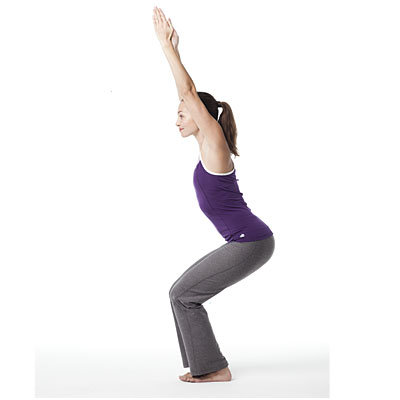

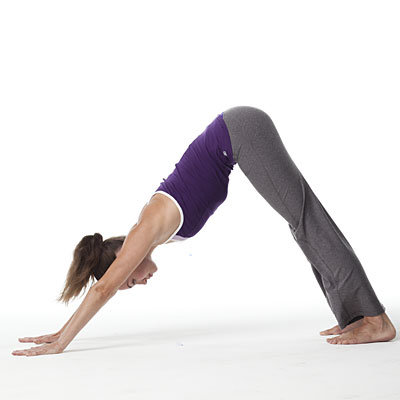
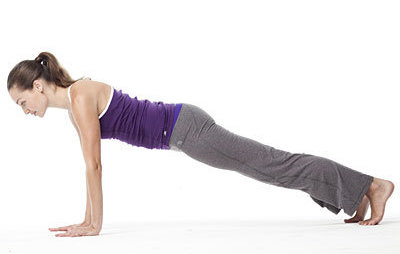
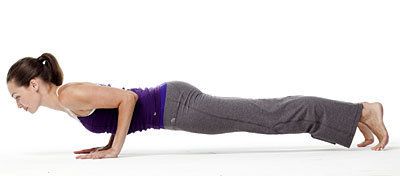
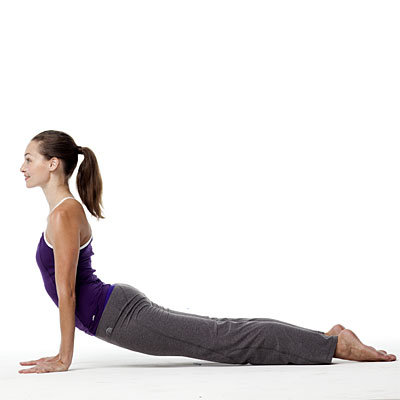
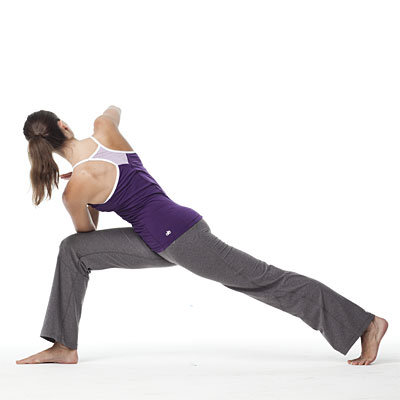

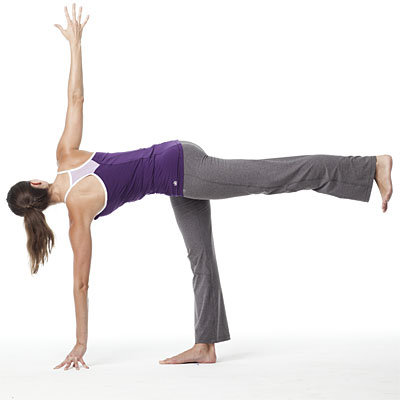
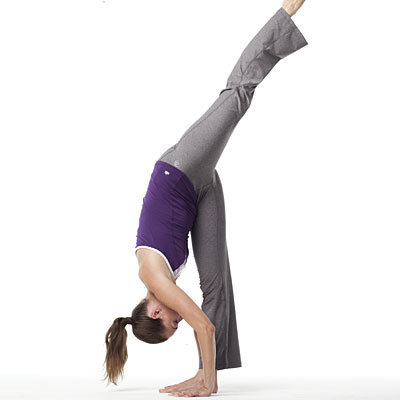
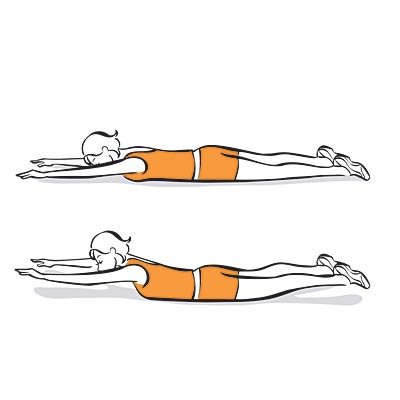 1. Superwoman
1. Superwoman